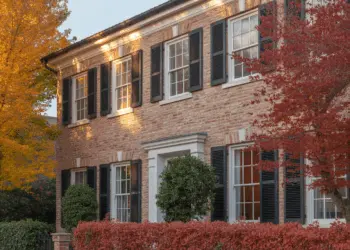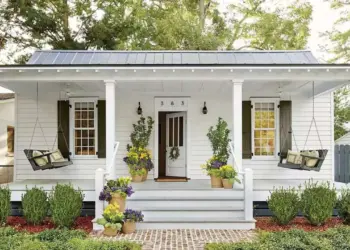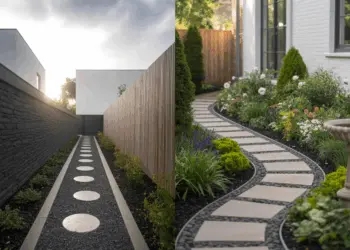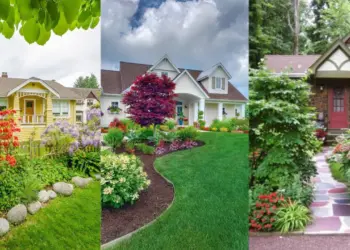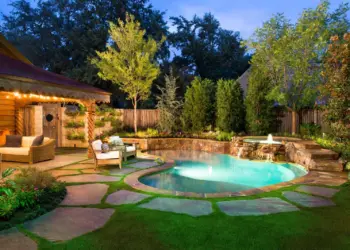Expression, style, identity: color is all these things. Nevertheless, when we talk about door paint color, countless possibilities open up, and this can be confusing. There are hundreds of colors for interior doors, and not all of them are strong and vivid.
The shades available are therefore suitable for modern homes or spaces with a bubbly personality, but also for more classic atmospheres.
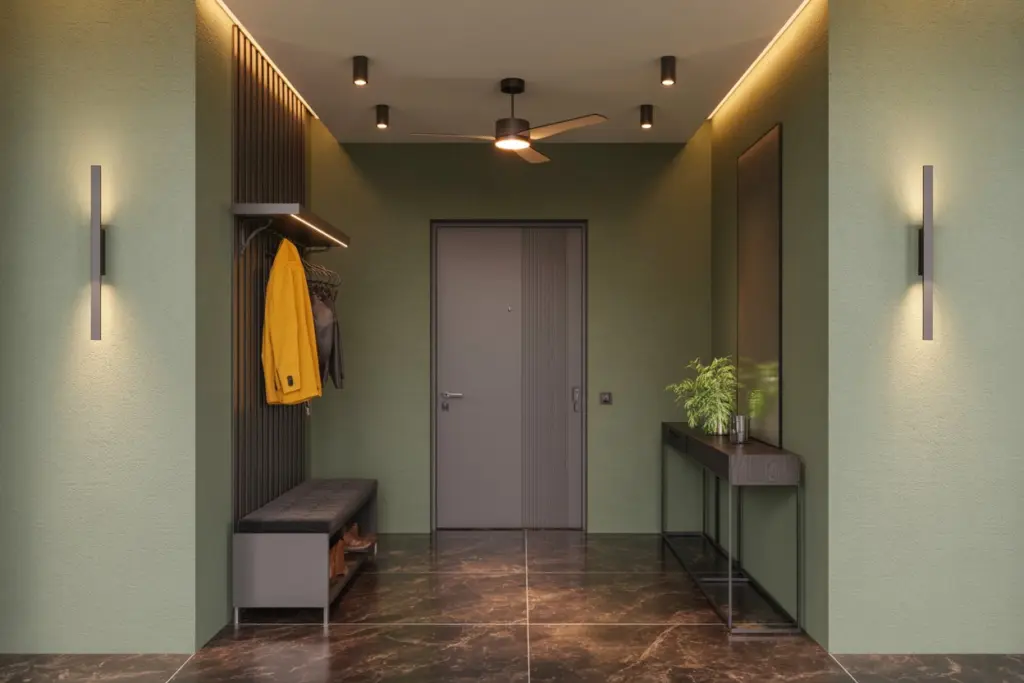
It’s important to remember that the door is the first piece of furniture in the home. Therefore, you need to choose it while considering several variables. Firstly, think about the style you want to follow. Secondly, consider the number of doors needed for different areas of the house. Additionally, take into account the brightness of the rooms and how natural light interacts with the door’s color and design. Moreover, factor in the preferences of the people who will be living in the spaces, such as the children’s room, where color plays a crucial role. By carefully weighing these factors, you can make an informed decision that complements your home’s overall aesthetics and meets your specific needs.
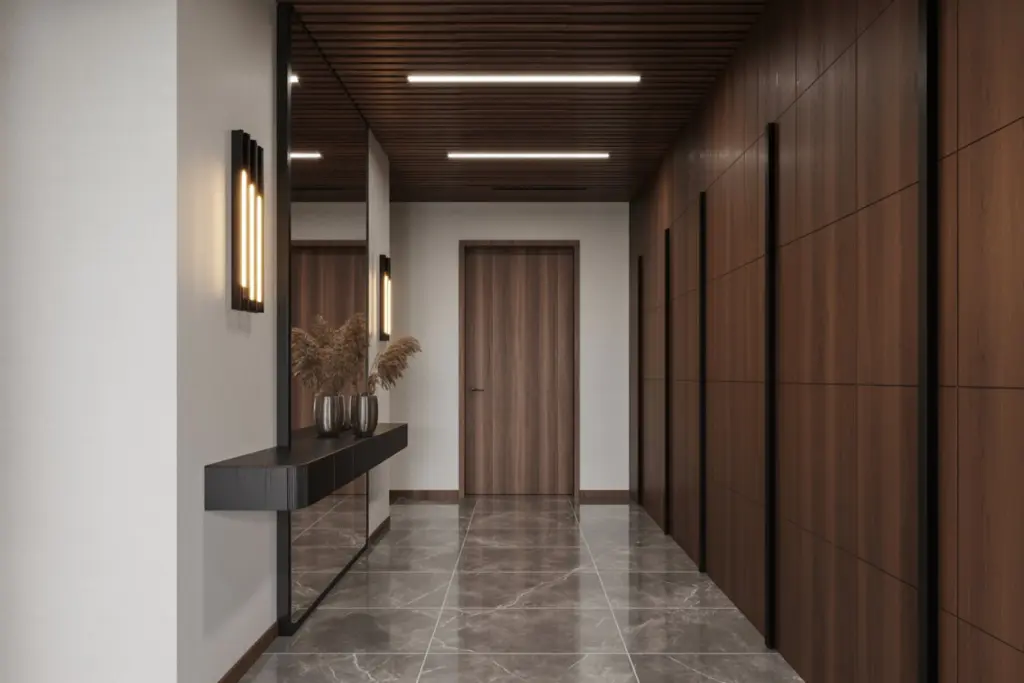
Choosing the right paint colors for your doors can transform the look of any room and create a harmonious atmosphere. Here are a few tips to help you choose paint colors for your home’s interior doors:
Table of Contents
Match your existing color palette with your door paint color
Before choosing door paint, it’s essential to consider the color palette already present in your home. By doing so, you can ensure that the new door color harmonizes seamlessly with your overall interior decor. Take note of the colors of walls, furniture, and accessories as they can serve as a helpful reference for selecting the perfect hue. By aligning the door color with the existing palette, you’ll create a cohesive and visually appealing atmosphere throughout your living spaces.
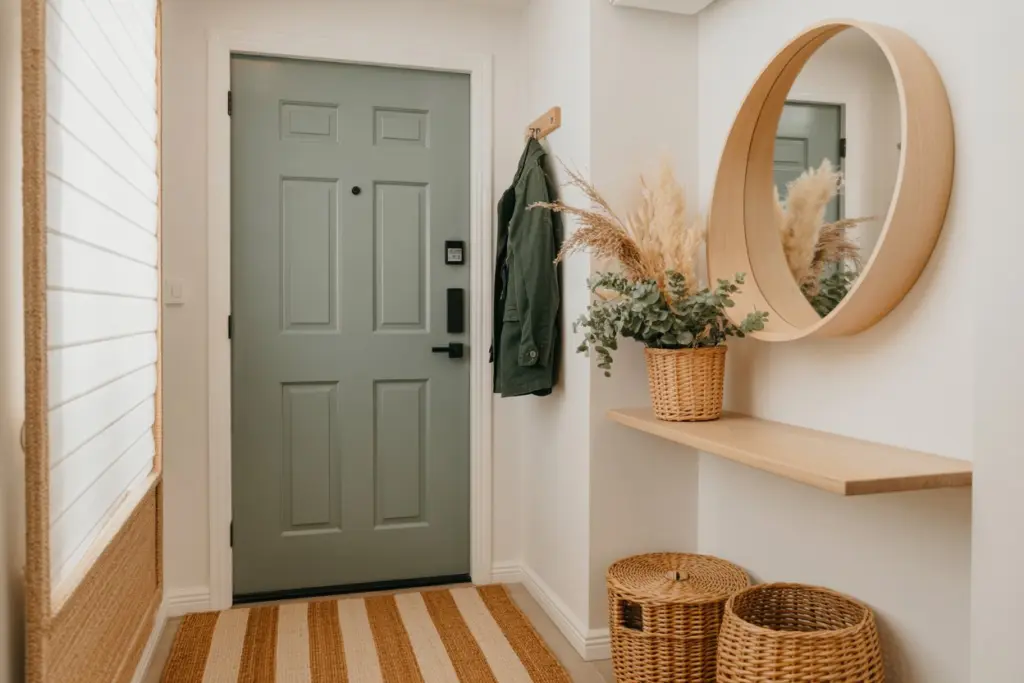
Choose neutral colors for Your door paint color
Neutral colors like white, beige, gray, or taupe are classic and adaptable options for interior doors. You may change the design of your room without having to repaint the doors since they work well with various decorations.
WHITE FOR DISCRETION
Sometimes, simplicity is the key to creating a sober, unadorned world. In this case, white is your best ally. There’s no risk of getting bored or lost in combinations that don’t work out so well in the end. It’s also the ideal color for a slightly dark designer interior, as it adds luminosity by reflecting light naturally.
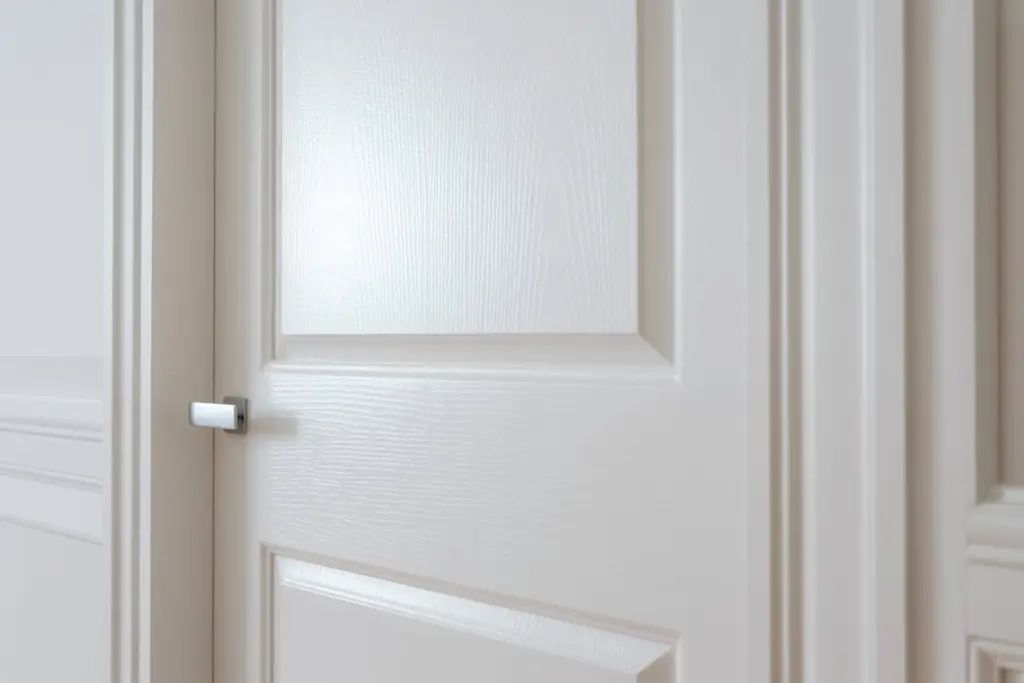
BROWN FOR A NATURAL LOOK
Brown is a natural-looking color. From beige to taupe, from caramel to chestnut, whatever its intensity, it refers to the different types of wood and can suit both dark and light interiors. With a light wood door, you’re in the direction of Scandinavia and the fullness of the North. With a dark wood interior door, you can take a trip with an ethnic style, or take a leap back in time with a vintage or industrial style that’s more in vogue than ever.
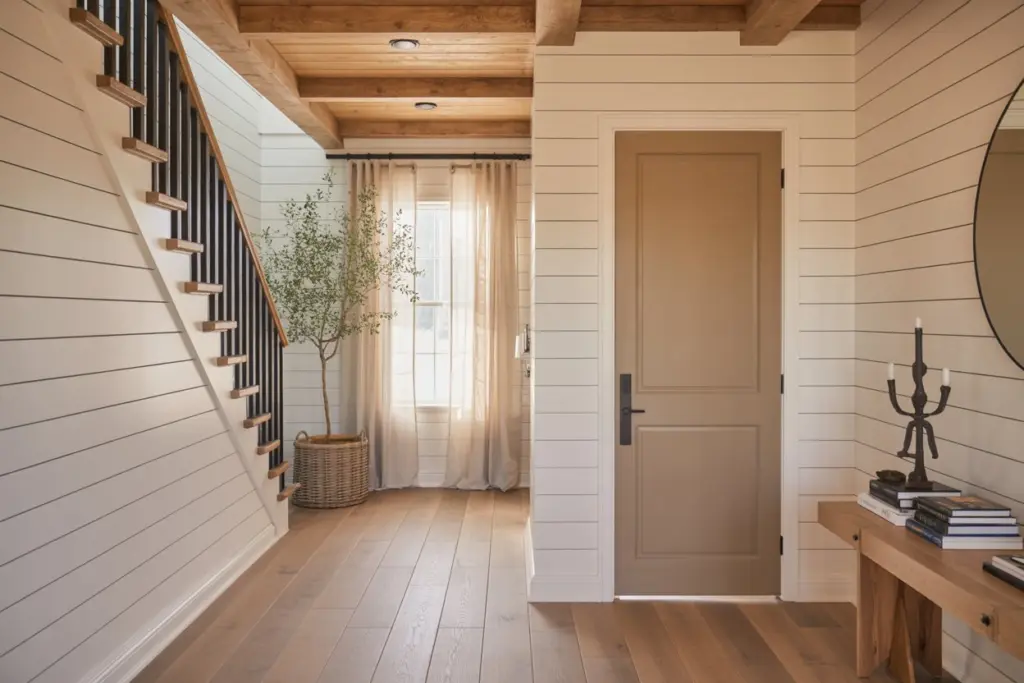
PASTELS FOR GENTLE EMPHASIS
You’re naturally calm and collected, so it’s no surprise that you’ve opted for a serene ambience. What better way to achieve this than with pastel tones, such as water green, faded blue-gray, powder pink or simply beige? And by applying these colors to your aesthetic doors, you’ll integrate them seamlessly into your home’s skyline.
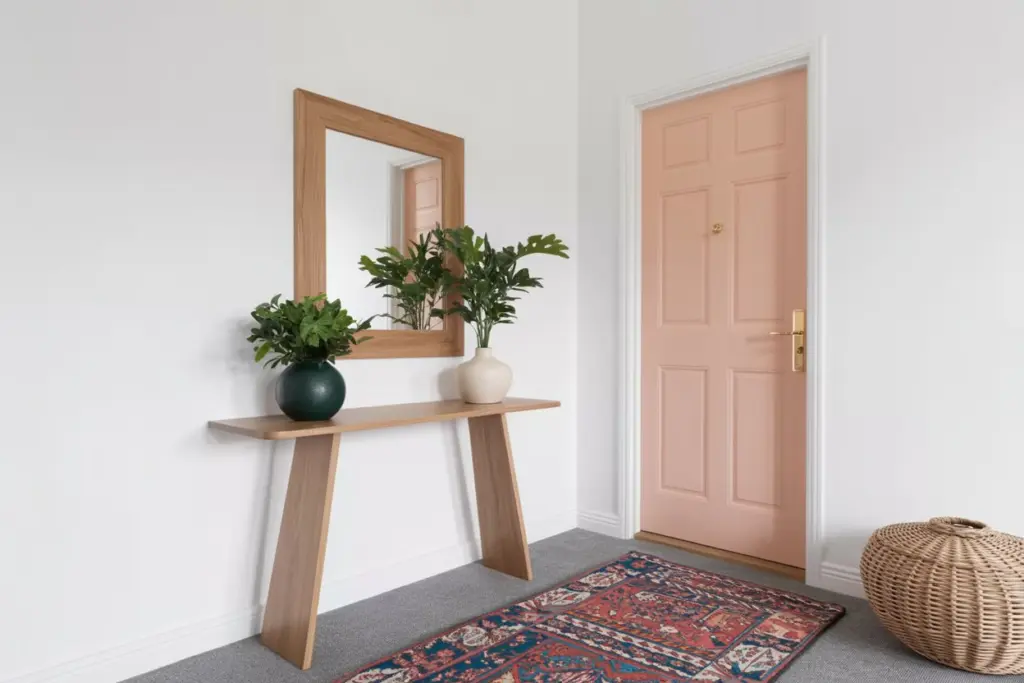
GREY FOR A MODERN, CONTEMPORARY INTERIOR
Old mansions are not for you. You prefer the raw, minimalist look of architect-designed homes. Concrete floors and white walls, well-defined shapes and furnishings in proportion to the available surface area… all that’s missing is grey-toned joinery to accentuate and sublimate the space!
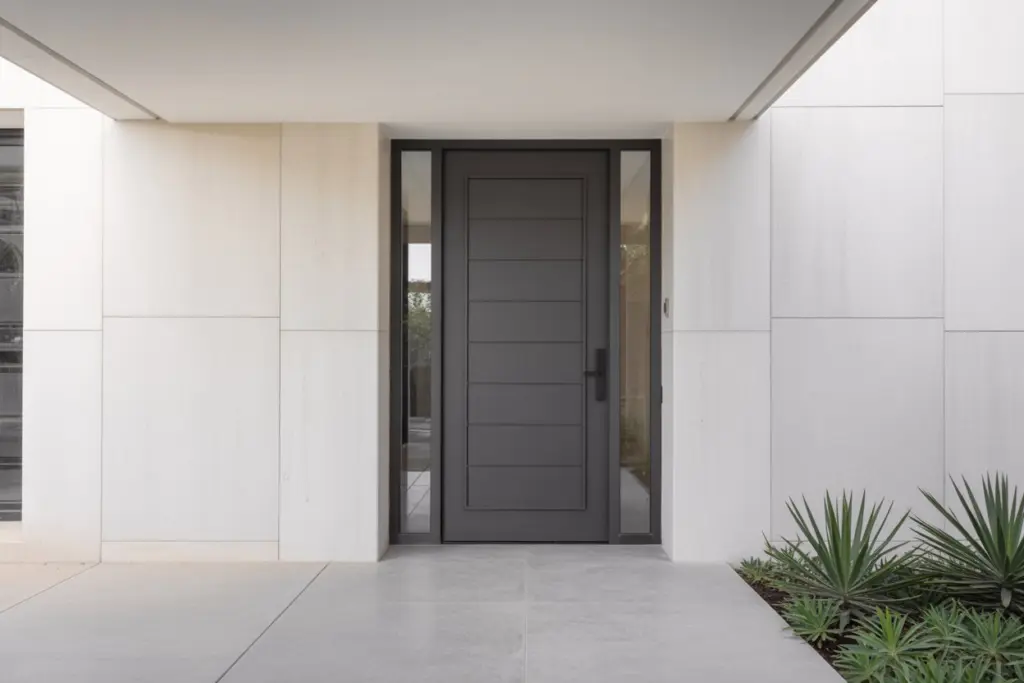
Highlight the doors
Consider stronger door paint colors if you want your doors to stand out as significant components of your interior decor. Dark hues like black, navy blue, or dark green may give doors a refined, elegant feel.
BLACK FOR STYLE
Imagine an old parquet floor, a plaster or visible but painted partition wall, furniture unearthed from flea markets and diverted from its original function… that’s all it takes to reproduce the workshop style, or almost! Have you thought about installing sliding doors or surface-mounted sliding doors with a black or lacquered aluminum base and glazed top?
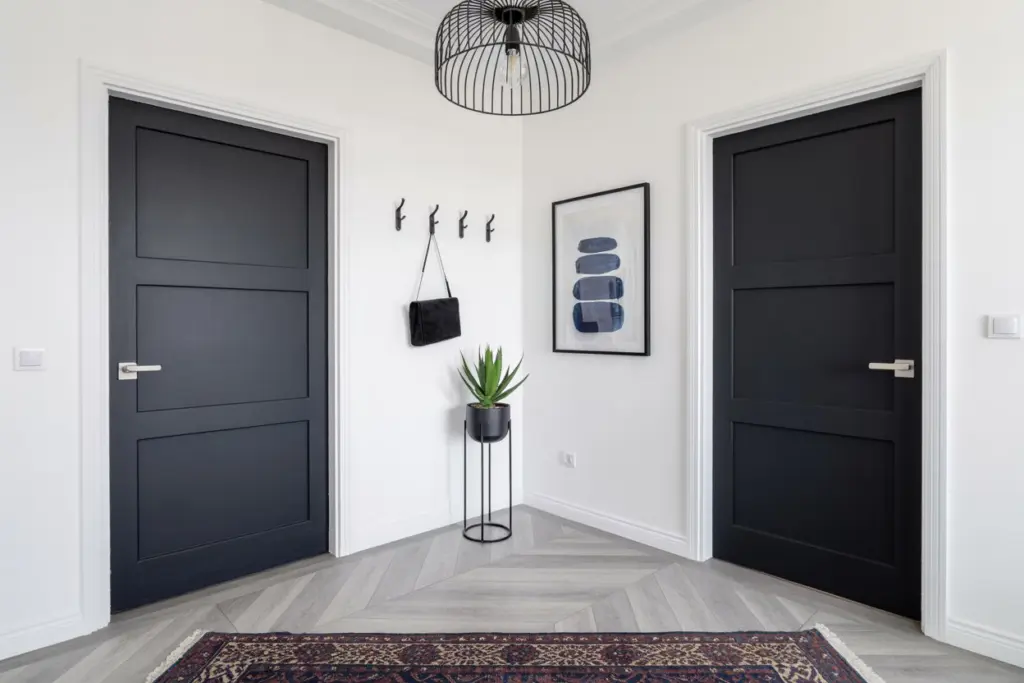
DARK COLORS FOR A MUTED AMBIENCE
Last but not least, you can’t imagine a living or sleeping space without dark coverings? Dark blue, fir green or even purple can create a cocoon of well-being and intimacy in the style of a boudoir, complemented by a solid door in the same tone.
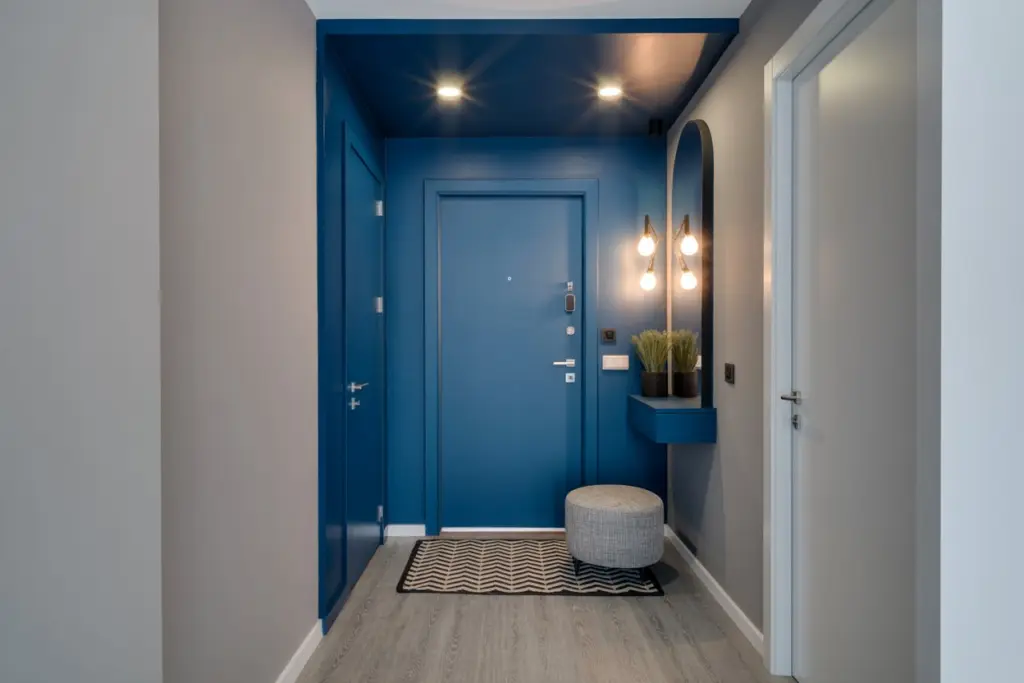
Contrast with walls
Choose door paint color that are different from those of the neighboring walls to create a contrasting impact. For instance, use doors with darker tones if your walls are light, and vice versa. The area will become more dynamic as a result, and the doors will stand out.
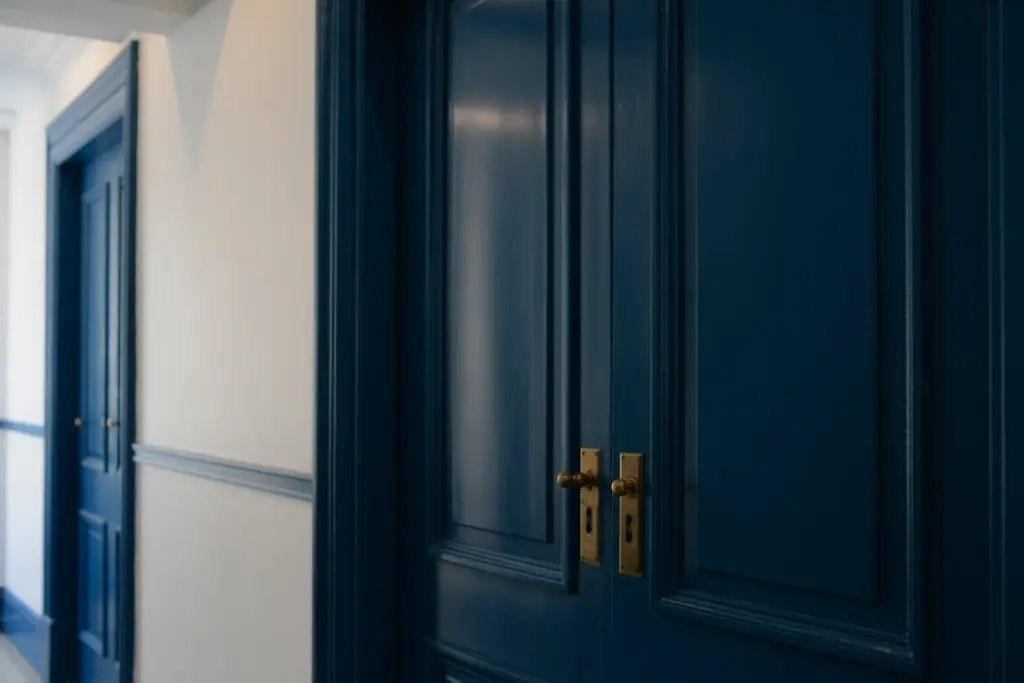
Consider your interior style
The style of your interior can significantly influence your choice of door paint color. If you have a classic style, opting for neutral, timeless colors will work well. On the other hand, if your interior leans towards a modern, contemporary style, bolder colors or metallic hues may be more appropriate. By aligning the door paint color with your interior style, you can create a cohesive and visually appealing living space.
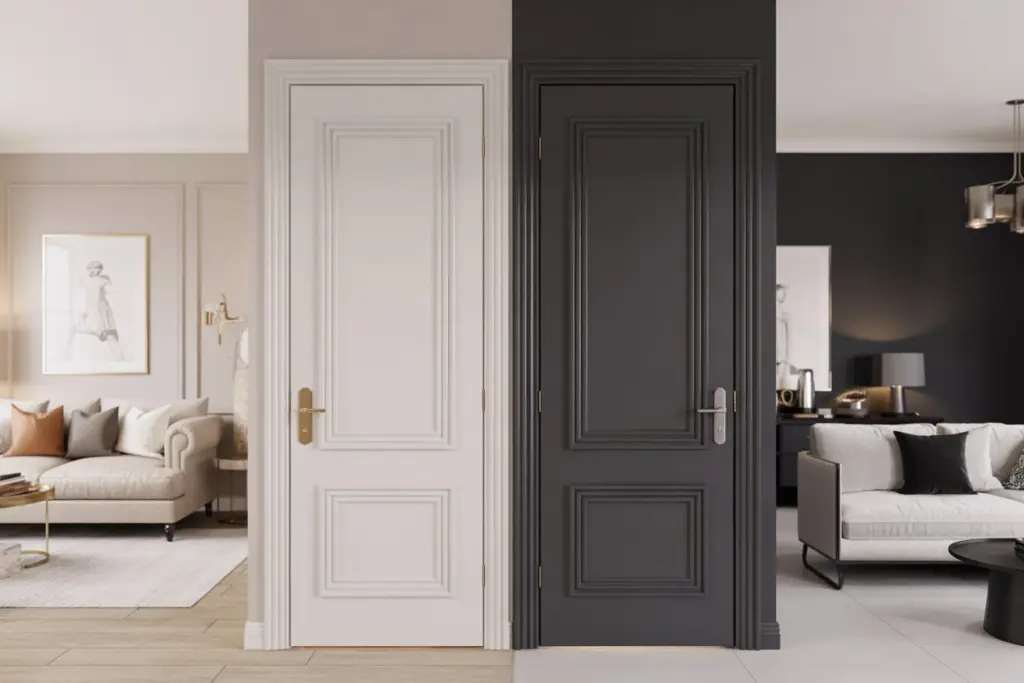
Consider natural lighting while deciding your door paint color
Color perception may vary depending on the room’s ambient light. gloomy hues can work well in well-lit environments, while lighter hues can lend brightness to gloomy areas.
Consider trim color that match Door paint color
it’s essential to consider their color when choosing paint for interior doors.
Trim choices
The color of the trim is something you may choose from. For a unified, polished appearance, you might decide to paint the trim the same shade as the door. To add a subtle or stunning contrast, another choice is to utilize trim that is lighter or darker than the door paint color.
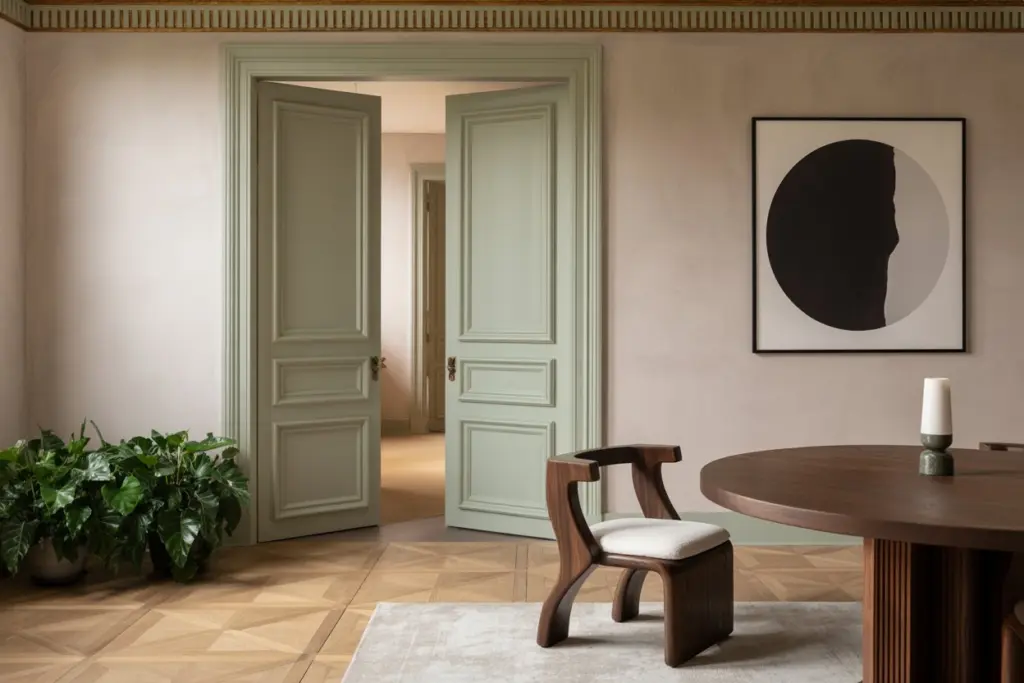
Highlighting details
If your “trim” features carved moldings or architectural details, you may think about emphasizing them by painting them a little different color to make them stand out. A “trim” in a contrasting hue may give the whole thing personality and beauty.
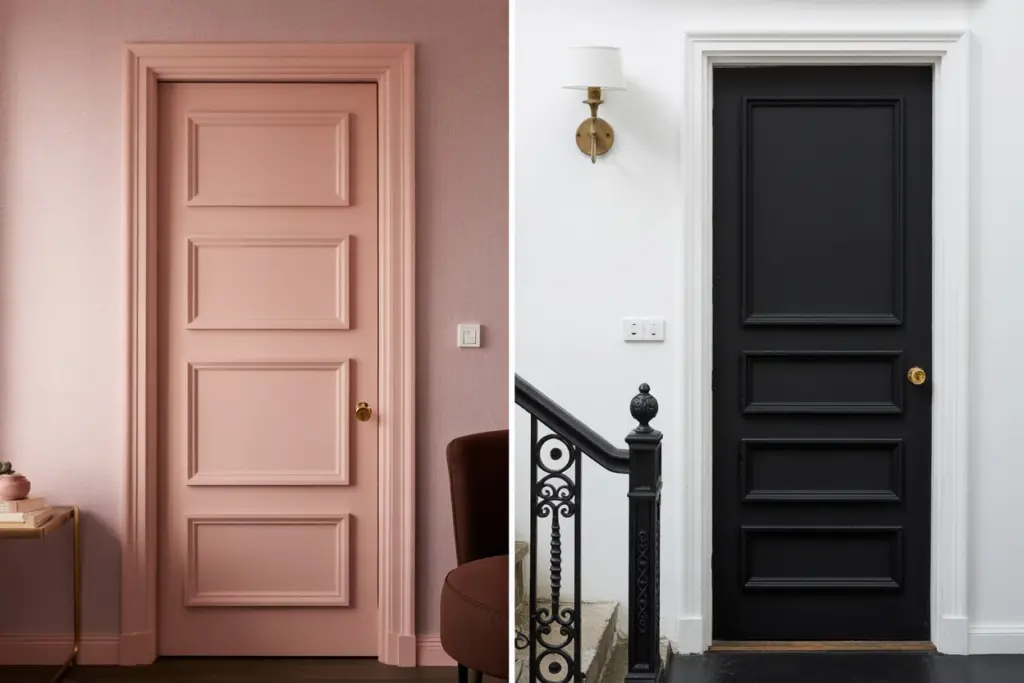
Finishing
Like with the doors themselves, “trim” also benefits from a semi-gloss or satin finish. This choice is preferable because it is simpler to maintain and resists normal wear and tear nicely.
Door paint color: Test samples
Test paint samples on the trim to observe how the colors blend with the rest of the space and how they respond to natural light, just like you would with doors.
In the end, you may give your house a cogent, cohesive appearance by considering trim color when selecting paint for inside doors. Don’t be afraid to experiment with color contrasts and color combinations to give your home design a unique and individual touch. Additionally, be sure to select the proper finish for a beautiful, long-lasting outcome.
Selecting the proper finish for your door paint color
For interior doors, choose a semi-gloss or satin finish for the paint. For heavily used doors, this finish’s ease of cleaning and increased resistance to stains and scratches are crucial.
Test paint samples
Get paint samples and try them on the doors before deciding on a color. To see how the color responds in your home, observe them throughout the day and in various lighting conditions.
Be inventive
Don’t be afraid to use unique door knobs, textured effects, or distinctive finishes to further customize your doors.
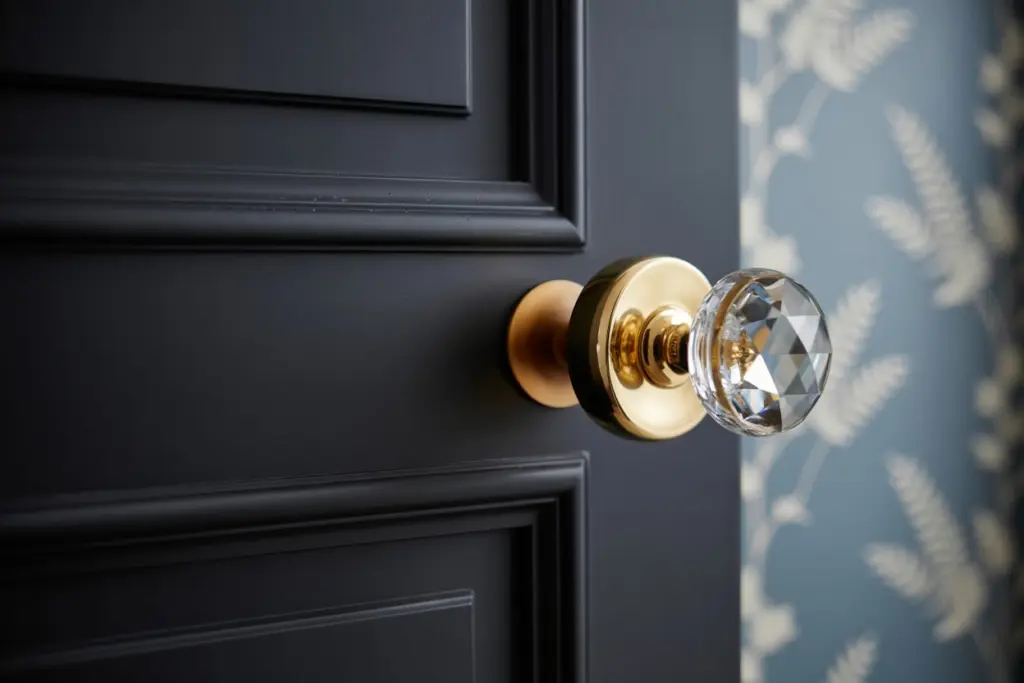
In conclusion, choosing paint colors for your home’s interior doors is an important decision that can have a significant impact on the overall look of your interior. Take into account harmony with existing decor, the desired effect of contrast, the style of your home, and don’t hesitate to test different options before making your final choice. By paying special attention to your interior doors, you’ll create a welcoming, elegant home where every detail counts.

